Earthquakes can strike at any time. If you live in an earthquake prone region, it's not a question of IF, but WHEN. But you can prepare! Earthquake preparation is a life-long journey, and doesn’t need to be overwhelming. Small steps add up! Learn about how to become more resilient in the face of earthquakes and other disasters.
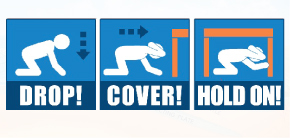
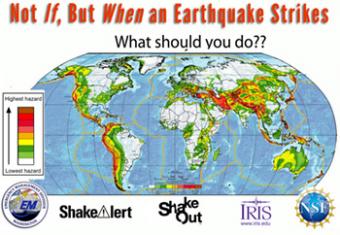
Drop! Cover! Hold On!
We do not know where we will be when an earthquake strikes, but we can know how to protect ourselves when it happens. This animation shows quick steps to take in a variety of scenarios. Educators Q & A pdf file is available as an optional download.
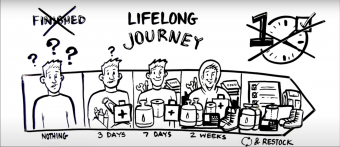
Being prepared for disasters doesn’t need to be overwhelming. Just start small and keep going! In this video, from the Washington Emergency Management Division frames preparedness as a life-long journey and suggests first steps that people can take to become more resilient in the face of earthquakes and other disasters.
Go to Resource
Preparation for disasters may seem daunting or intimidating, but it’s actually simple and easy! This Prepare in a Year book will help walk you through twelve (12) important steps for disaster preparedness. It’s as simple as completing one activity a month.
Go to Resource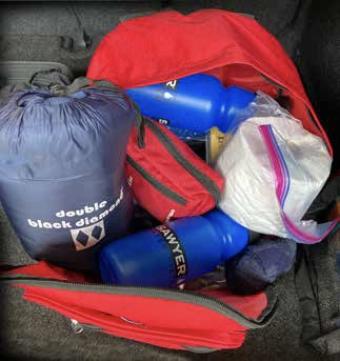
Learners explore how an emergency backpack and earthquake preparedness actions are their best insurance for survival during worst-case scenarios. In the 5- and 20-minute activities, learners discover situations in which an emergency backpack is essential and then create a supply checklist. In the 30–45-minute activity, learners discover what to do in different situations when an earthquake occurs and then create and share skits to demonstrate the protective actions.
Go to Resource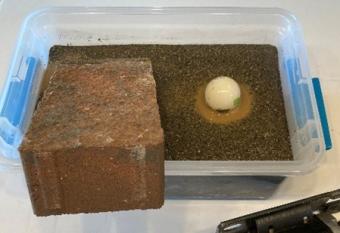
Strong ground shaking from seismic waves can trigger geologic hazards that critically impact communities and public safety. Three learning options include a 5-minute demonstration that reveals how liquefaction can cause buildings to tip; in the 15-minute option, learners explore liquefaction and landslides using cups of sand, water-saturated sand, and slopes of gravel; in a 45-minute activity, learners complete a hazard inventory by applying their understanding of geologic hazards and geologic hazard maps.
Go to Resource
In the event of an earthquake or other disaster, dealing with a missing pet or being unable to feed your four-legged family member can add extra, unnecessary stress. Plan ahead by creating a go-bag for each of your pets, in case you need to evacuate or are unable to access services.
Go to Resource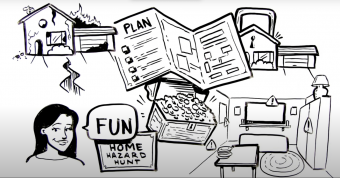
You never know where you might be when an earthquake strikes. For this reason, it’s important to ensure that your home--or any other place where you spend significant amounts of time--is as earthquake-safe as possible. In this video, the Washington Emergency Management Division walks viewers through a Home Hazard Hunt in order to identify and fix some of the most common earthquake hazards in the home, including unsecured furniture and appliances.
Go to Resource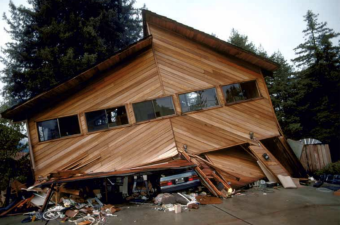
This activity develops an understanding of why buildings collapse and what can be done to make them more resilient to earthquake ground shaking. Learners investigate the impact of seismic waves on buildings to lateral (shear) forces by simulating shaking on a model-scale wall. A 5-minute instructor demonstration and 20 and 45-minute hands-on activities allow learners to design and apply structural design elements to their model wall to resist shaking. Seismic retrofits make our cities and communities more earthquake resilient.
Go to Resource
This activity explores how Tsunami Vertical Evacuation Structures (TVES) can provide a viable option to escape a rising tsunami surge when high ground is not available. A 5-minute activity allows learners to discover why TVES are important and learn about North America’s first TVES in Westport, Washington. In the 15- to 20-minute activity, learners build a simple model TVES tower. The 45-minute activity allows learners to apply basic tsunami structural engineering design principles to construct a model TVES with specific design criteria.
Go to ResourceWe encourage the reuse and dissemination of the material on this site as long as attribution is retained. To this end the material on this site, unless otherwise noted, is offered under Creative Commons Attribution (CC BY 4.0) license